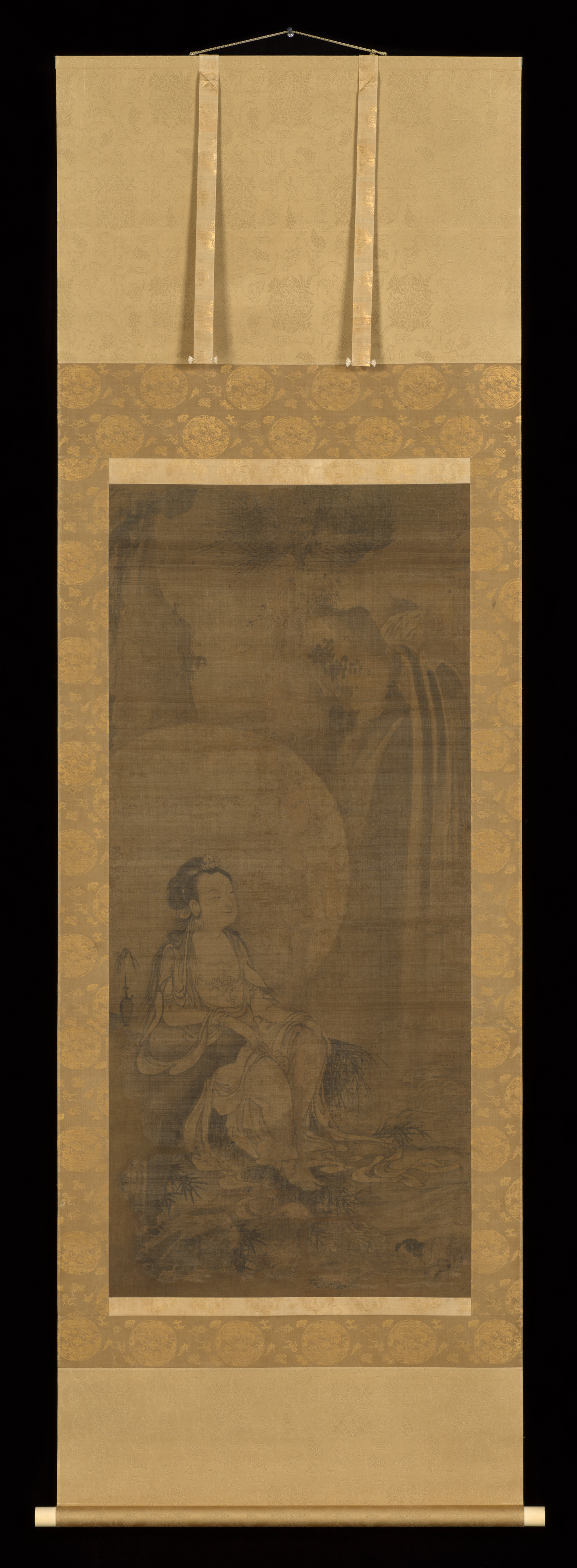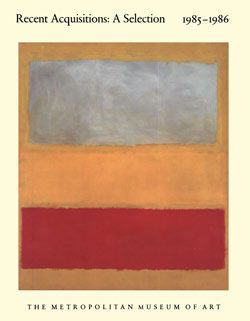White-robed Kannon
Not on view
This Zen Buddhist painting presents a strikingly human image of the bodhisattva Kannon, who relaxes near a waterfall in a woodland setting. He is visited by Sudhana, the archetypal pilgrim who sought the bodhisattva in Potalaka, Kannon’s island paradise. Images of this type were first brought back from China by Zen monks, and many Japanese examples were created beginning in the Muromachi period (1392–1573). This early scroll adheres closely to Chinese models and reveals the roots of Japanese Zen painting in ink.
On view for rotations 1 and 2
#8830. White-Robed Kannon
This image cannot be enlarged, viewed at full screen, or downloaded.
This artwork is meant to be viewed from right to left. Scroll left to view more.





